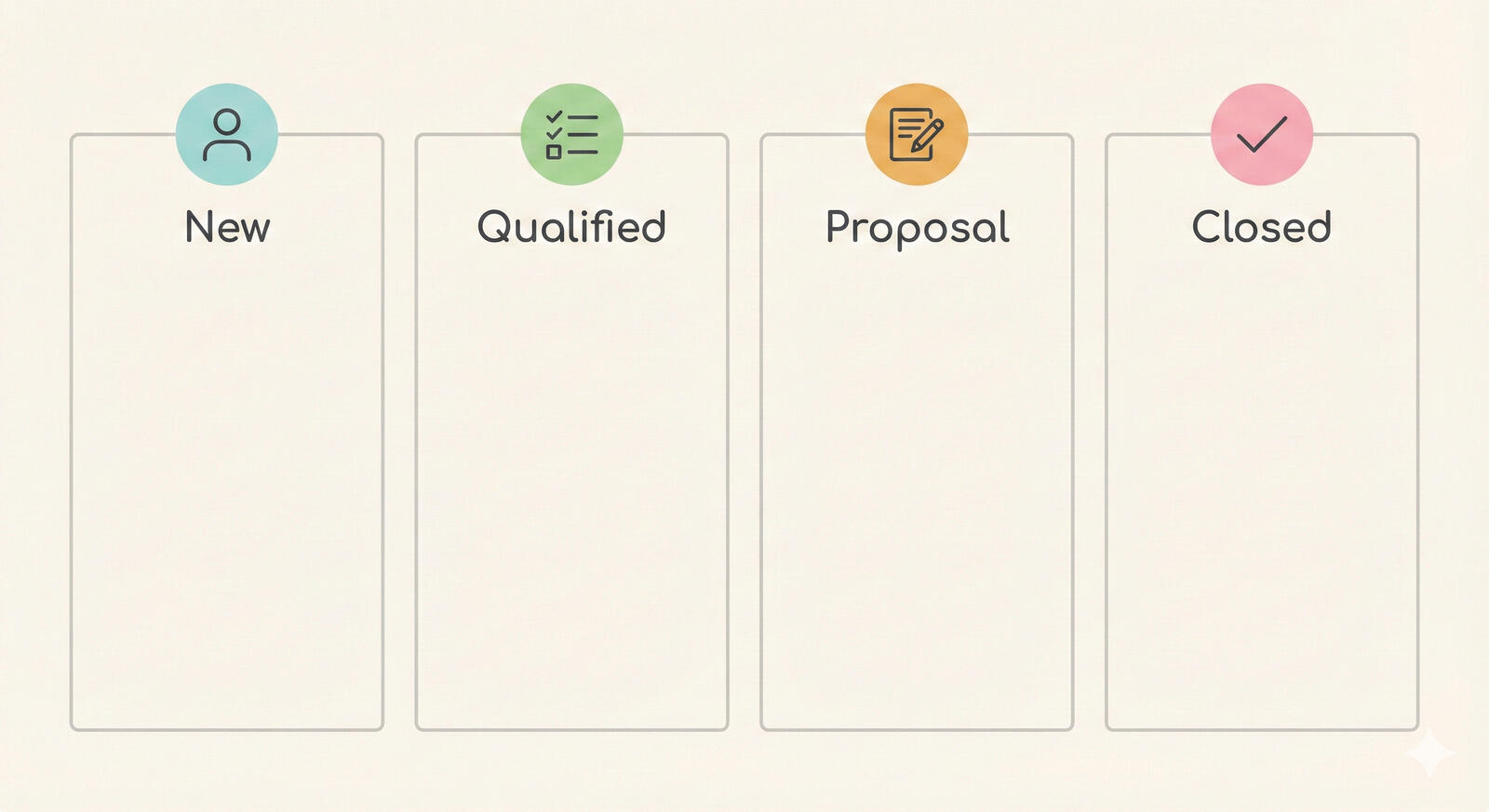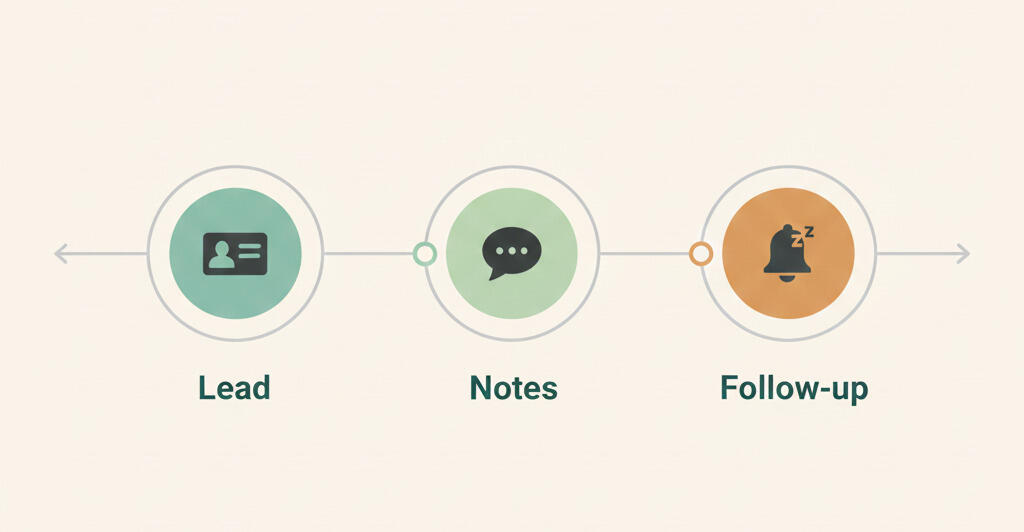How to Hire Freelancers for Your Small Business
When you’re a small business owner, you have two priorities: generating as much revenue as possible, and reducing costs.
So when you want to scale your small business and you need a helping hand, hiring a freelancer can be a great option.
Here’s what you need to know.
How Does Hiring Freelancers Work?

Back in the day, if you needed help, you’d have to hire someone full time. However, that can be a double-edged sword if you’re in between growth phases of your business.
You may not even need a full-time employee.
Freelancers are a great option for this case in particular.
You simply hire someone to take care of specific tasks, pay for it, and you’re done. You have no other obligations other than finding a suitable candidate and moving forward.
Plus, hiring a freelancer is a great way to work with some of the world’s most talented professionals who can help you improve your business results – without having to offer corporate wages. With over > 53 million people freelancing in the US alone, you’ll have a great pool to pick from.
The gig economy has come so far that you can hire a freelancer for just about anything:
- Virtual assistant tasks (data entry, scheduling, etc.)
- Graphic design
- Web design
- Marketing
- Sales
And so much more!
Benefits of Hiring Freelancers for Your Small Business
The main benefit of hiring freelancers is that you can be flexible.
You don’t have to worry about “hidden costs” like social security or red tape. Freelance work is treated as contract labor – you’re effectively hiring independent contractors.
Speaking of just getting the work done, freelancers are great at one-off projects.
For example, if you just need to get some graphic design work done for flyers, a freelancer will work great. What would be the point of hiring someone for a flyer or two?
Quality is another significant benefit of hiring freelancers.
Since their living depends on delivering quality work on time and getting more clients because of their reputation, freelancers give their 100% every single time.
While there are great employees, freelancers are just more motivated to do their best work on every project.
If you want to work with a freelancer who lives in Sweden, you absolutely can! With full-time employees, chances are you’re going to want to see them at least once a month – even if they work remotely. However, freelancers give you the opportunity to hire for talent and skills – regardless of their physical location.
Breeze is the best project management software for freelancers, helping you and your team stay on the same page and manage projects with ease.
Finally, freelancers transfer their extensive know-how to you and your small business.
Since they work with a variety of businesses, freelancers have more experience than typical employees who stay in one company for years.
They’ve dipped their fingers in many pies, so they already have a great understanding of things that work, don’t work, and ways to make sure your business is successful.
Now, with the benefits clear, it’s time to get into the thick of it. Let’s hire your freelancer!
How to Hire a Freelancer for Your Small Business
If you want to streamline the process of finding freelancers and get straight to the gold (seeing results), here’s what you need to do:
1. Define Your Scope Requirements
Before you start scrolling through freelancing sites or asking for recommendations, you have to accurately define what you need to get done.
Again, there are so many things you can hire a freelancer for. Even if you need something like a voice actor – you can absolutely find them.
A good way to get started with defining your requirements is by identifying tasks:
- Tasks you don’t have the skills to complete
- Tasks you don’t have the time to complete
- Tasks you don’t like completing
For example, you may not know how to write content for your website, and you want to make sure it’s done right. In that case, you could hire a freelance writer.
Similarly, if you don’t have the time for bookkeeping, you can hire a freelancer to help you out.
When you’ve identified the tasks you need a freelancer for, it’s time to start thinking about project scope:
- Project specifications and requirements
- Delivery dates and milestones
- Task descriptions
- Duties
- Communication frequency
The more specific you can be, the better.
2. Determine Your Budget
Finally, you have to determine your budget and how much you’re prepared to pay the freelancer.
You’ll see all kinds of pricing with freelancers. The main reason behind this is that not everyone is equally experienced.
Some freelancers are just starting out; they want to build up a portfolio and get reviews. Others are realistic about their market worth and balance the quality with the time it takes them to complete to work.
However, there are freelancers who can be downright unrealistic, which is why you should always check their portfolio, reviews, and even give them a test assignment that’s paid at a reduced price.
However, don’t pinch pennies on important work.
The majority of high-quality freelancers command hefty prices (especially when it comes to design and marketing work) and for a very good reason.
Their work is good, and if it’s something fundamental to the success of your business (such as marketing), you should be prepared to pay them more than you’ve expected.
Of course, you can always negotiate.
Freelancers are typically more willing to offer you a discount if you offer them a lot of work, or steady work (for example, a three-month arrangement).
It’s always good to be flexible and give yourself an extra 10-15% in the budget in case you find the right freelancer who charges a bit more than what you had planned.
You’ll be reducing costs by hiring a freelancer anyway, so it pays to select the right person.
Per Assignment and Per Hour Pricing
Some freelancers prefer charging per hour, while others charge per assignment.
For example, if you’re hiring a freelance writer, they may charge you for every hour they need to spend working on the project (research included).
In that case, it’s good to get amount estimates and plan for more hours than intended.
The best type of pricing is per-assignment pricing, as you agree with the freelancer on the price beforehand, and they charge you for completed work.
However, if it’s not a short-term project (two weeks or less), you can agree on milestone payments.
3. Finding the Freelancer
Now, you can technically post your gig to job boards like Craigslist, but freelancers don’t use them all that much.
The majority of freelancers use platforms such as:
These platforms offer security in terms of escrow payment; your funds won’t be released to the freelancer until the work is completed. If the quality wasn’t as promised, you can get your money back.
Additionally, there are all kinds of freelancers on these platforms; from Java wizards to graphic designers.
However, if you’re looking for a freelancer in a very specific niche, it pays to take a look at industry-specific sites.
For example, if you wanted to hire a designer, you’d post to 99Designs.
Some freelancers even use message boards like Reddit.
For example, you could post your job description or scroll through portfolios on r/forhire, r/jobbit, r/freelance_forhire.
Don’t forget about your personal network, either.
Spread the word among your customers, colleagues and friends. A personal recommendation from someone whose opinion you trust (and who had similar work done) goes a long way when selecting freelancers.
In the majority of cases, you just need to mention the type of work you need, and your network will be ready to supply you with suggestions. Especially if you hang out with a lot of other business owners.
If you need a really specific type of person, you can always turn to social media.
Who knows? Maybe one of your customers ends up being the freelancer you were looking for.
4. The Selection Process

Once you’ve started looking for freelancers or posted on platforms, be prepared for a lot of applications.
1. Be realistic about your timelineYou’re going to need time to sift through applications, interview people, and find the right freelancer for the job. Plan for it ahead.
2. Don’t rush itEven if you need work done urgently, it’s better to be late than to work with (and even pay) someone who isn’t right, or someone who ends up flaking out when you’ve rejected other applicants.
3. Be meticulousMake sure you’ve defined and jotted down all your most important requirements. Sometimes, freelancers don’t even touch on them and instead, they send copy-paste applications. Stay sharp when reviewing the applications you get.
4. Assess the portfoliosIf possible, ask the freelancers to send you samples of their work. Try to find examples of work they’ve done for businesses like yours.
Hiring a freelancer who did a great job with a corporate website is one thing, and hiring a freelancer who has a track record for making awesome websites for small businesses on a budget is another.
Make sure you compare client specifications to the work presented.
You want to know if the freelancer sticks to requirements or prefers going off on their own, doing something that the client may not have necessarily contracted.
5. Read the reviewsAlways read the freelancer’s reviews – especially if you’re hiring them through a freelancing platform. You can gauge plenty from reviews if you know where to look.
The majority of freelancers have mixed reviews, so make sure you’re scanning them based on your most important requirements.
For example, if you need a freelancer who gets the work done on time every single time, pay attention to mentions of timeliness. Similarly, if you need someone who is flexible with communication, look out for reviews mentioning how accommodating they are.
6. Test assignmentsPerfect reviews or no, it’s always good to test the shortlisted candidates so you know who you’re dealing with.
However, be prepared to pay for that test – even if it’s at a discounted rate.
When you give the freelancer a test assignment that’s similar to what their real assignment would be, you can gauge the actual results you’ll get. Sometimes portfolios are just a stroke of luck, or coincidence attributed to knowledge.
There’s no fooling their way easily through test assignments.
7. InterviewsYou can go old school and interview your applicants.
However, the majority of freelancers don’t like talking on the phone for one very simple reason: time is precious, and their livelihood depends on the quality of their work, not their phone skills.
However, you can schedule a video interview for the shortlisted candidates. Try to keep that list to 5-10 applicants at the very most, as you don’t want to get stuck interviewing when you want to be hiring.
5. Hiring a Freelancer
When you’re sure you’ve found your person, it’s time to set some ground rules.
You and your freelancer should agree on the terms of your cooperation in writing. This way, you’ll eliminate all the possibilities for miscommunication.
Make sure your contract includes:
- Project scope specifications
- Deadlines and milestones
- Payment details
- Other requirements
For example, if you’d like the freelancer to check in with you through Slack once a week, add that to the contract.
The same goes for any milestones, briefs, or changes.
If you think your project could get bigger than what you originally expected, make a plan on how you’ll deal with it, and add the change policy to the contract.
6. What Happens When You’ve Hired Your Freelancer?
Just because you’ve hired the freelancer doesn’t mean your work is done.
You should keep communicating, discussing changes and additions, and monitoring project progress with a handy tool like Breeze.
Finally, hiring a freelancer is a great option when you don’t need a full-time employee, but it’s important to treat them like a colleague all the same.
After all, teamwork is key.








